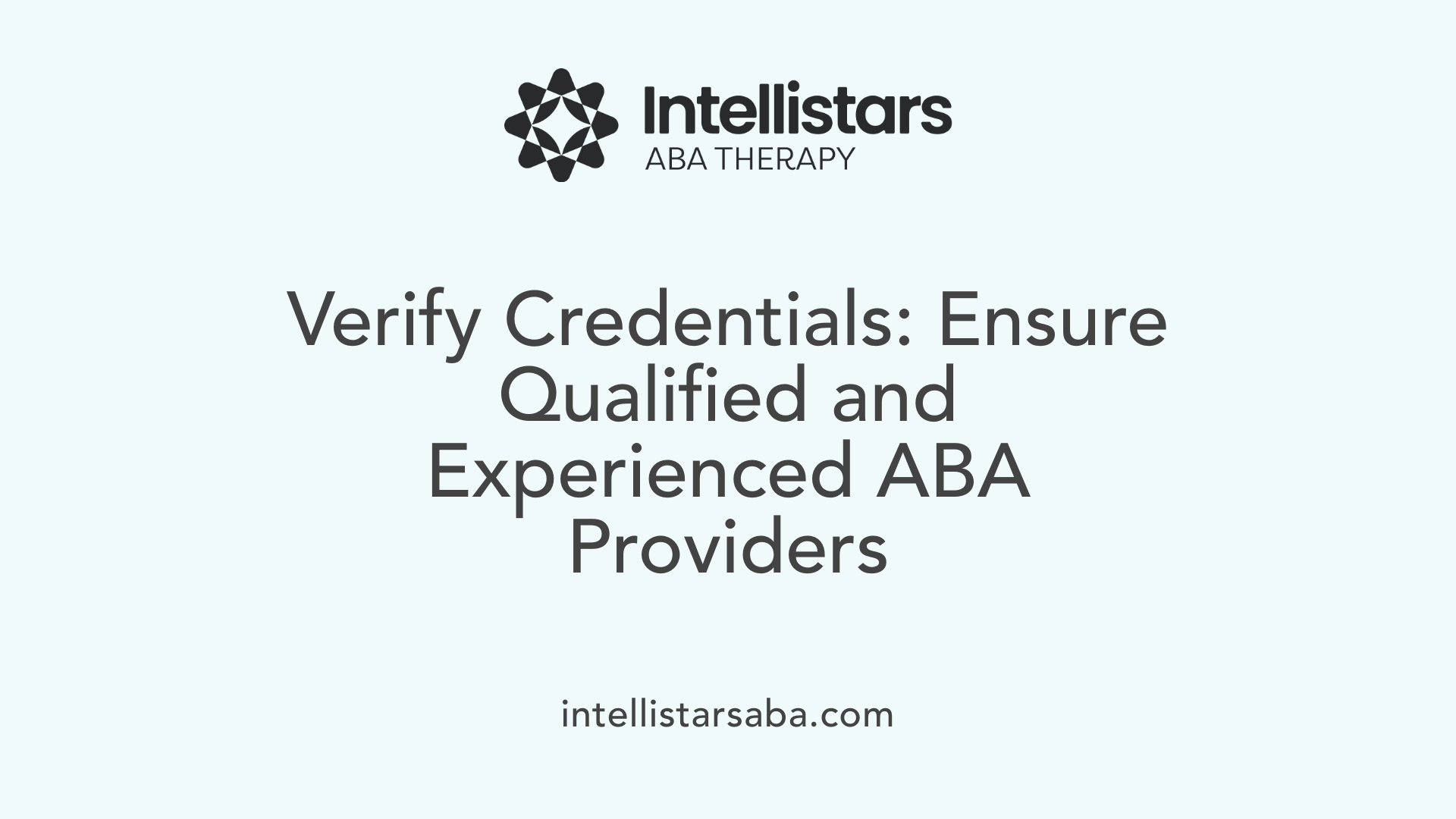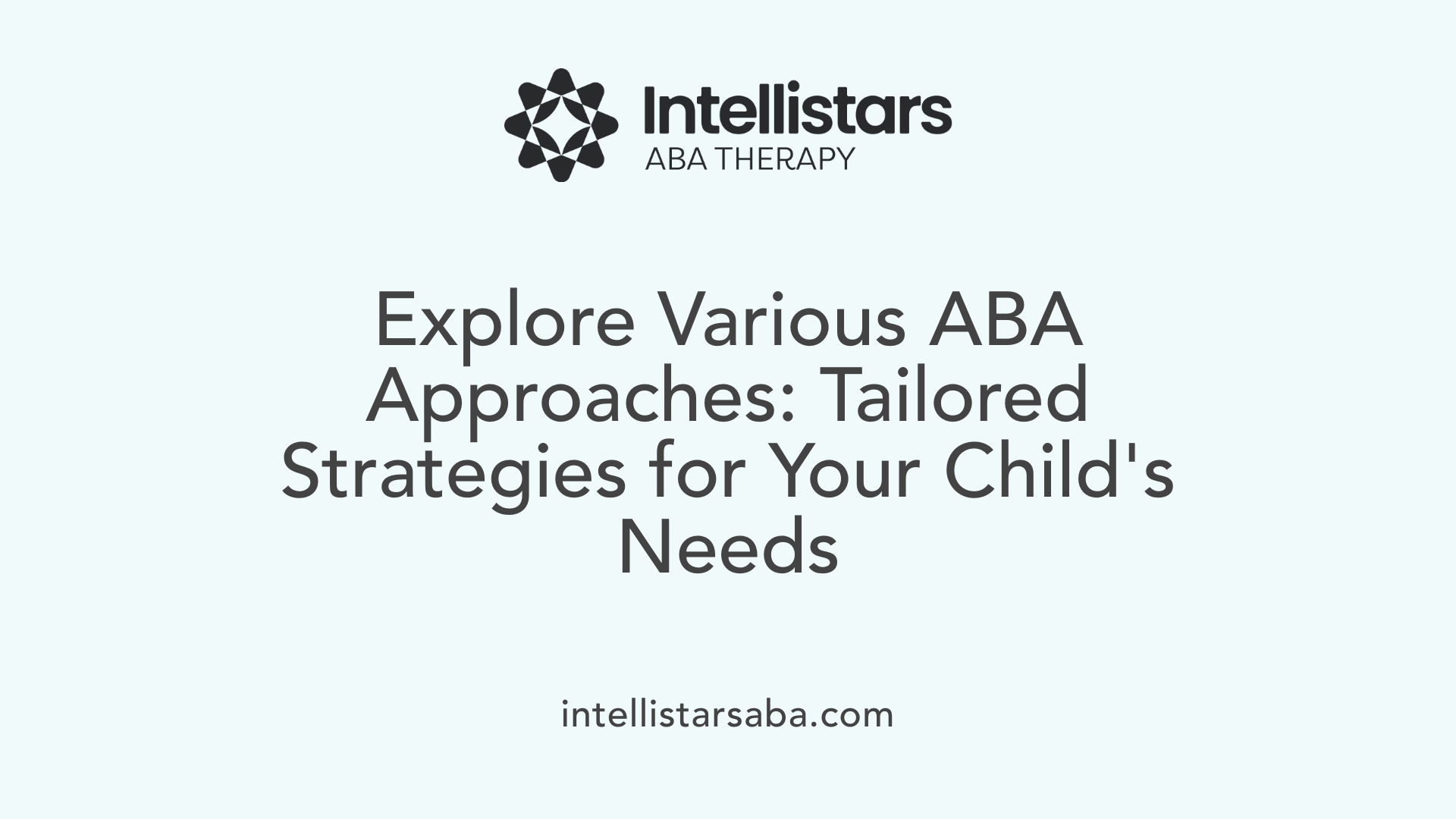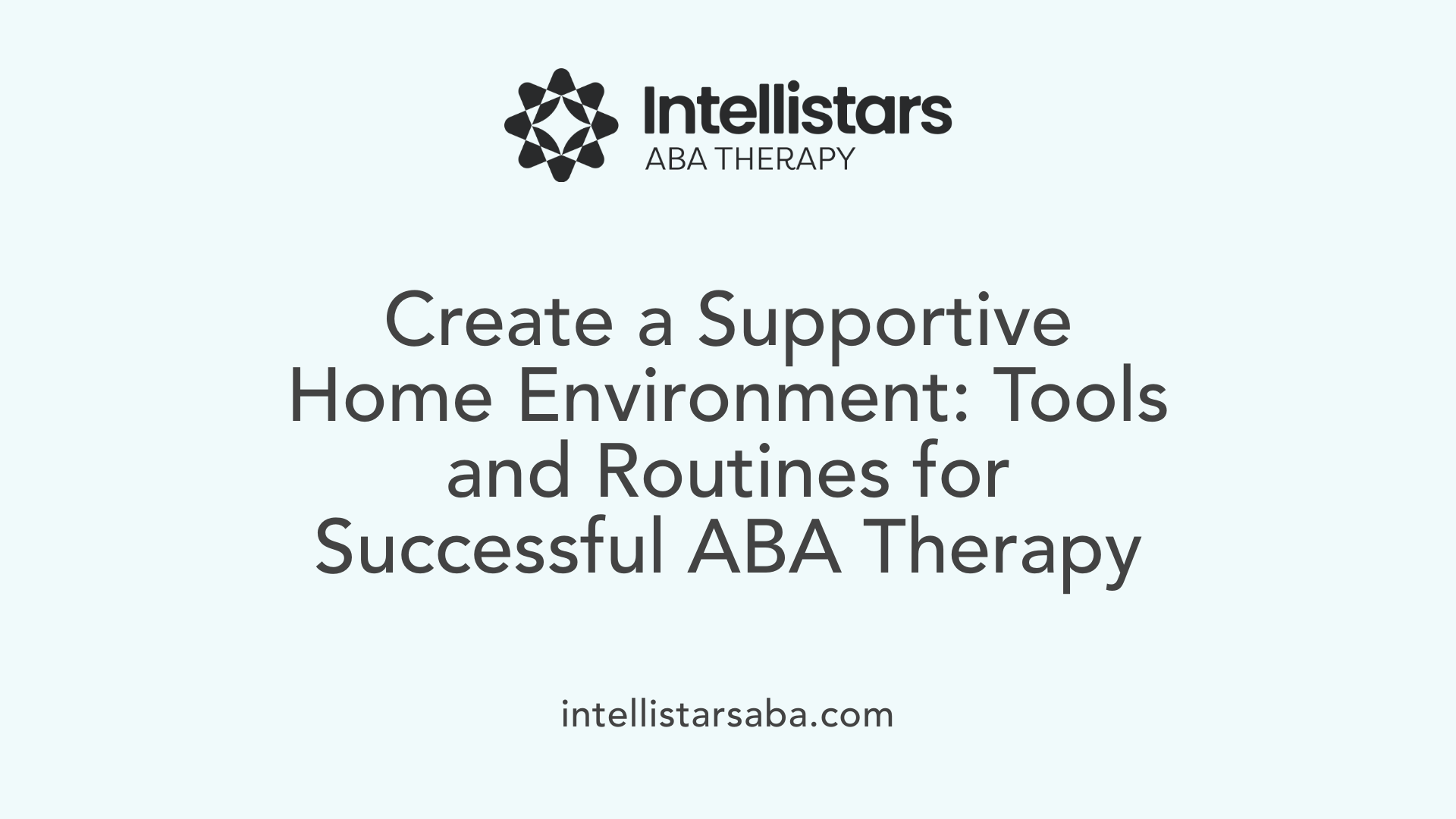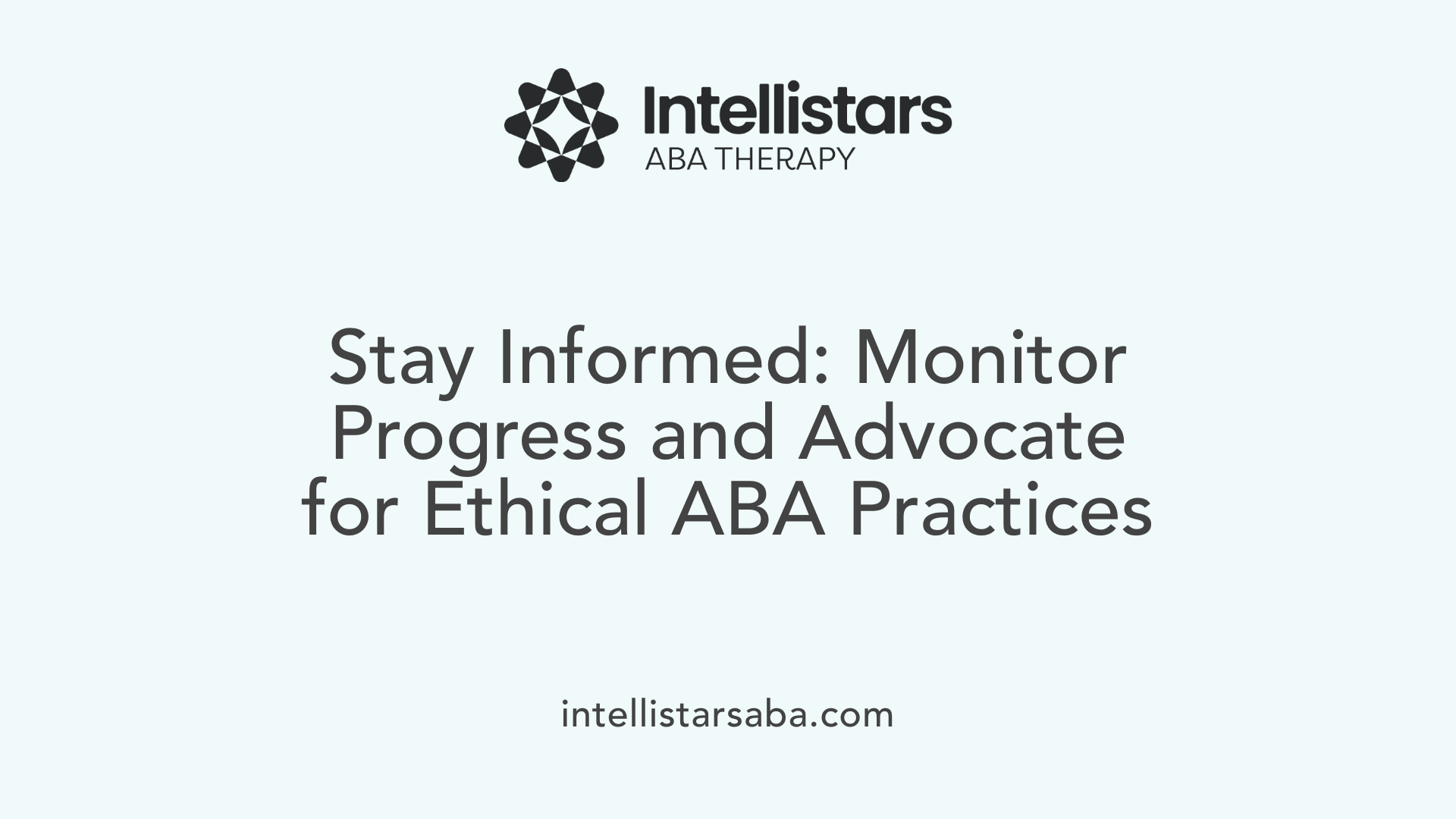Understanding the Foundation of Effective ABA Therapy
Selecting the right ABA therapist for your child is a crucial step toward enhancing their development and quality of life. ABA, or Applied Behavior Analysis, is a proven, evidence-based approach to helping children with autism develop communication, social, and adaptive skills while reducing challenging behaviors. However, not all ABA providers are created equal. Parents must navigate a landscape of qualifications, therapy styles, and provider practices to find a match that aligns with their child's unique needs and their family values.
Assessing Credentials and Experience in ABA Therapy

What are the key criteria to consider when selecting an ABA therapist?
When choosing an ABA therapist, the most important factors are their credentials and practical experience. A qualified therapist should be certified as a Board Certified Behavior Analyst (BCBA) or a Registered Behavior Technician (RBT). These certifications ensure the therapist has undergone proper training and adheres to professional standards.
Experience working with children, especially in home settings, is vital. Therapists with hands-on experience can better tailor interventions to the child's environment, making therapy more effective. They should also be skilled in developing personalized plans based on comprehensive assessments that highlight the child's strengths, challenges, and specific needs.
Ongoing professional development is another important aspect. Certified therapists regularly update their knowledge through continuing education, staying current with the latest evidence-based practices. This commitment helps ensure the child receives the most effective and up-to-date interventions.
Additional considerations include the therapist’s ability to communicate clearly with families, their competence in progress tracking, and their capacity to involve parents actively in therapy. Parents should also evaluate practical factors like the therapist’s availability, whether sessions are home-based or clinic-based, and the provider’s reputation, which can often be gauged through reviews and references.
In summary, selecting a high-quality ABA provider means prioritizing credentialed, experienced professionals who demonstrate ongoing learning, excellent communication, and a genuine capacity to build rapport with children and families.
More Information Search Query
Use search terms like "certified ABA therapist qualifications," "BCBA and RBT requirements," and "ABA therapy experience in home settings" to find reliable sources and verify a provider's credentials.
Evaluating a Therapist's Approach and Compatibility
 When choosing an in-home ABA therapy provider, it's essential to assess their treatment methods and how well they might suit your child's needs.
When choosing an in-home ABA therapy provider, it's essential to assess their treatment methods and how well they might suit your child's needs.
Therapists should employ evidence-based practices supported by research, such as positive reinforcement, natural environment teaching, prompting, modeling, and sensory strategies. These methods are effective in helping children develop communication, social, and daily living skills while managing challenging behaviors.
Building rapport is crucial. A therapist who can connect with your child through play, acknowledge requests, and use toys or activities of interest helps foster engagement and motivation. Their ability to create a comfortable, safe environment encourages openness and effectiveness during sessions.
Communication style matters. A transparent therapist provides regular updates, involves parents in planning and review, and respects your insights. Regular parent training and collaborative goal setting ensure the therapy remains relevant and adaptable to your child's progress.
Questions to consider during the selection process include:
- What specific techniques do you use, and how do you customize these to my child's needs?
- How do you involve parents and caregivers in therapy?
- Can you provide examples of progress measurement and data collection methods?
- How do you build rapport and keep my child motivated?
- What is your approach to managing difficult behaviors?
Finding the right match involves examining credentials, experience, and communication style. Look for providers with a BCBA or RBT certification, positive reviews, and a clear, ethical approach. Asking specific questions about treatment strategies, parent collaboration, and progress tracking helps ensure compatibility.
In addition, consider logistical factors such as scheduling, location, and costs. Ensuring the provider’s philosophy aligns with your family’s values and routines will lead to more successful, engaging therapy sessions that support your child's growth.
Understanding Different ABA Techniques and Their Application

What should parents know about different ABA therapy options and provider qualifications?
Parents considering ABA therapy should recognize that it is a research-backed approach designed to boost skills and reduce problematic behaviors in individuals with autism spectrum disorder. This therapy employs various techniques, ranging from structured methods like Discrete Trial Training to more naturalistic approaches such as Pivotal Response Training.
Qualifying providers is essential. They should include licensed professionals such as Board Certified Behavior Analysts (BCBAs) who oversee treatment plans, and Registered Behavior Technicians (RBTs) who implement interventions under supervision. These credentials ensure the therapy is delivered ethically and effectively.
Different techniques target specific goals, age groups, and learning styles. For example, Discrete Trial Training offers highly structured, drill-like sessions ideal for skill acquisition, whereas naturalistic methods foster social skills during everyday activities.
Parents should verify that their chosen provider has suitable experience, proper credentials, and a philosophy that aligns with their child's needs. Understanding the potential costs, insurance coverage, and how family involvement fits into therapy plans can help families make informed choices.
In summary, selecting qualified professionals and appropriate ABA approaches ensures personalized, effective support tailored to the child's unique development.
How do ABA techniques like desensitization and natural environment teaching help with sensory sensitivities?
ABA strategies such as desensitization and natural environment teaching are instrumental in addressing sensory sensitivities. Desensitization involves gradually introducing a child to sensory stimuli—like sounds, textures, or lights—in a controlled and supportive setting. This incremental exposure helps reduce over-reactivity or avoidance behaviors, making sensory experiences less overwhelming.
Natural environment teaching integrates skill development into the child's daily routines and typical interactions, rather than in isolated therapy settings. For example, teaching a child to tolerate noisy environments while playing at the park or during snack time makes learning functional and relevant.
Both methods emphasize positive reinforcement and prompting to encourage desired responses, making adaptation more achievable. Therapists customize interventions based on the child's sensory profile, developmental level, and specific challenges.
By focusing on gradually increasing comfort and participation, these techniques enhance a child's ability to manage sensory sensitivities. This leads to greater independence, improved social participation, and a better quality of life.
| Technique | Purpose | How It Works | Suitable For |
|---|---|---|---|
| Desensitization | Reduce sensory overload | Gradual exposure to stimuli with reinforcement | Over-responsive sensory behaviors |
| Natural Environment Teaching | Functional skill development in daily routines | Incorporating learning into everyday activities | Sensory sensitivities affecting participation |
Creating an Effective and Engaging Therapy Environment at Home

How can parents prepare their home to support ABA therapy?
Creating a structured and inviting space at home is essential for successful ABA therapy. Designating a dedicated area that is free from clutter helps children focus better during sessions. This space should include toys, materials, and activities that the child enjoys and are aligned with therapy goals.
Why is the involvement of families crucial in ABA therapy?
Family participation plays an integral role in the child's progress. Involving parents and caregivers in sessions, training, and daily routines ensures that learned skills are consistently reinforced outside of therapy. This consistent reinforcement helps children generalize skills across environments, leading to more meaningful improvements.
How does routine contribute to more effective home-based therapy?
Implementing clear, predictable routines and visual supports aligns with therapeutic strategies. These routines reduce anxiety, promote cooperation, and create an environment where the child feels secure. Furthermore, establishing routine reinforces skill development and makes therapy a natural part of daily life.
What are practical steps for parents to use toys and materials effectively?
Using toys and materials preferred by the child can greatly enhance engagement. Incorporate items that motivate the child during sessions, such as favorite toys or activities, to make learning enjoyable. These tools facilitate desired behaviors and help in practicing social, communication, and motor skills.
| Strategy | Details | Benefits |
|---|---|---|
| Dedicated therapy space | Set up a specific, clutter-free area for all sessions. | Improves focus and reduces distractions. |
| Child-preferred materials | Use toys and objects that motivate the child during therapy. | Enhances engagement and participation. |
| Family involvement | Teach parents strategies and involve them in sessions and routines. | Promotes consistency and skill generalization. |
| Routine and visual supports | Create predictable schedules and visual aids. | Decreases anxiety, increases cooperation. |
How does collaboration between parents and therapists improve outcomes?
Engaging parents in goal-setting, observation, and reinforcement allows for a seamless integration of therapy into daily life. Regular communication and participation help ensure that interventions are tailored and effective. When parents understand the therapy approach and actively support it, they can make real-time adjustments and promote continuous progress.
By creating a well-structured, engaging, and supportive environment at home, families can significantly enhance the effectiveness of ABA therapy and contribute to meaningful, lasting improvements in their child's development.
Monitoring Progress and Ensuring Ethical Practice in ABA Therapy

How can parents evaluate a therapist's approach and the progress being made?
Parents play a vital role in overseeing ABA therapy. The first step is active participation during therapy sessions—parents should observe how their child engages and responds. It's important to review data collection reports and progress notes regularly, as these provide concrete evidence of behavioral improvements and skill development.
Open communication with the therapist about ongoing assessments and adjustment of goals helps keep the therapy aligned with the child’s evolving needs. If progress stalls or regression appears, parents should discuss these concerns openly, asking for data or evidence that supports current strategies. Furthermore, vigilance for signs of unprofessional practice—such as lack of supervision, use of punishment, or ignoring parental input—is essential to ensure the child's safety and well-being.
Parents should also feel empowered to ask questions about the methods used and regularly update their understanding of their child's progress to advocate effectively for their needs.
Empowering Parents for Informed Decisions
Choosing the right in-home ABA therapist is a vital step in supporting your child's development. Prioritizing credentials, experience, and a collaborative approach ensures you select a provider committed to your child's unique needs and growth. Open communication, active parent involvement, and ongoing progress monitoring are key to a successful therapy journey. By researching thoroughly, asking the right questions, and trusting your instincts, you can foster a positive, effective therapeutic relationship that lays a strong foundation for your child's future.
References
- Choosing the Right ABA Therapy Provider for Home-Based Care
- How to Find a Qualified ABA Therapist: Tips for Parents
- Top 10 ABA Therapists in Los Angeles, CA - Care.com
- Ultimate Guide To Choosing The Right ABA Therapy For Your Child
- Find the Right ABA Company & Therapist for Your Child
- Questions to ask an ABA therapist | Autism Speaks
- 6 Home-Based Autism Therapy Options Parents Can Consider
- A Guide to Selecting an ABA Provider for Your Child






